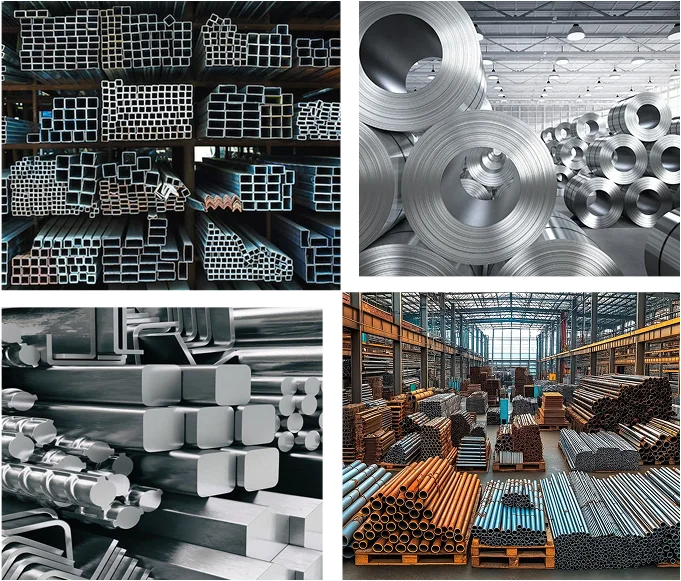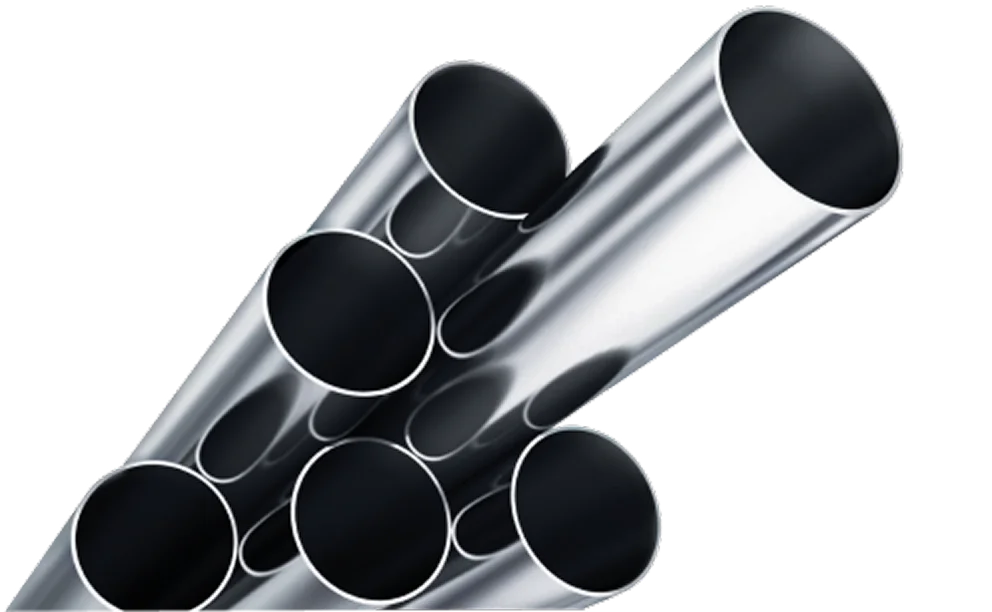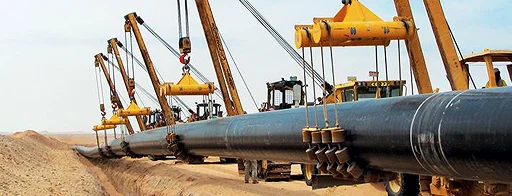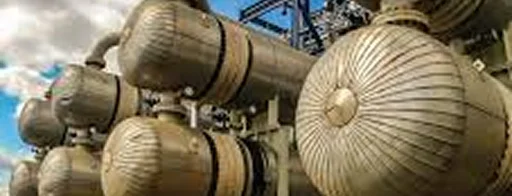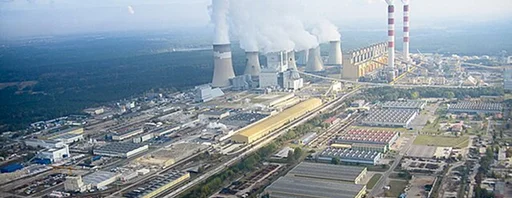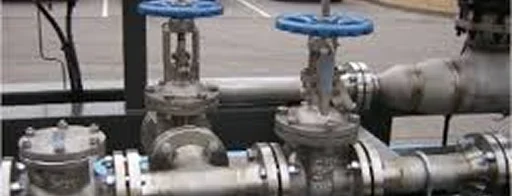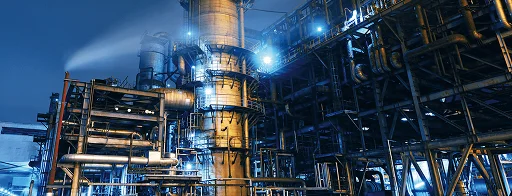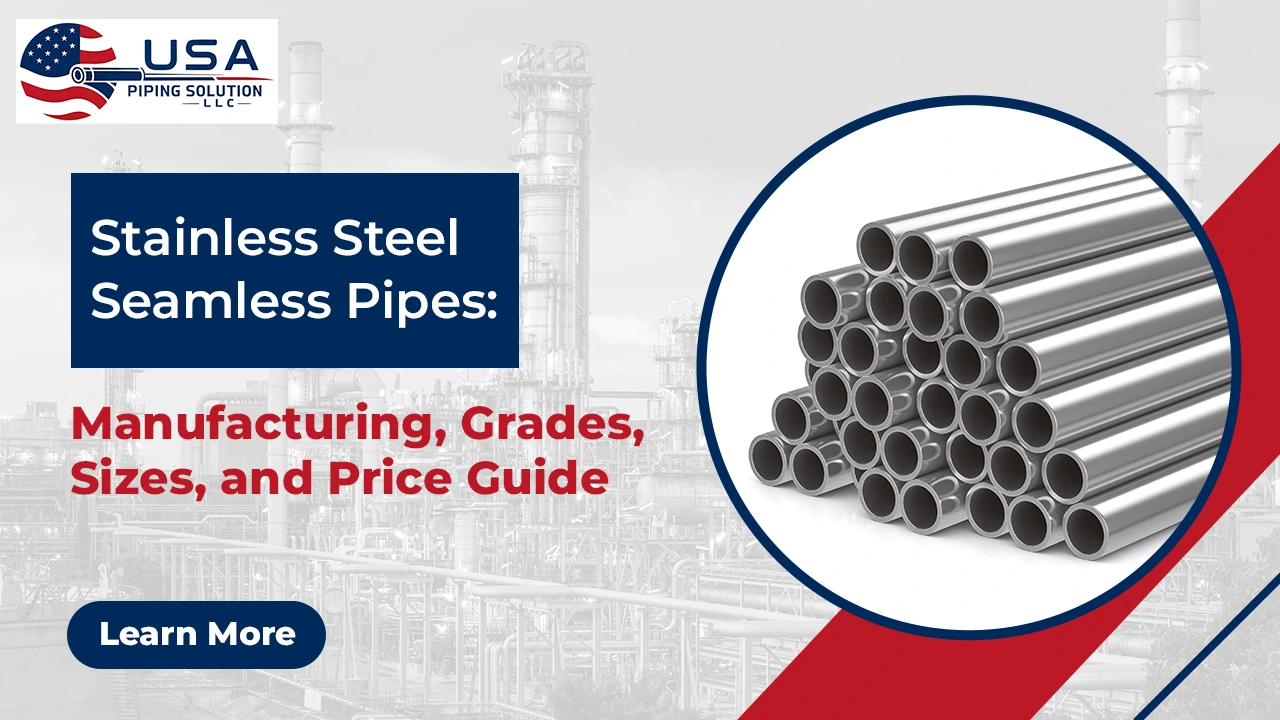
Industrial piping systems demand materials that deliver reliability, safety and compliance with engineering standards. Stainless Steel Seamless Pipes (SSSP) are a preferred choice because they combine mechanical strength, corrosion resistance and hygiene in one product.
Unlike Stainless Steel Welded Pipes (SSWP), which are made by rolling and welding steel plates, SSSP are manufactured from a single billet of stainless steel through piercing and rolling. This eliminates welded joints, reducing the risk of defects and ensuring uniform strength. The smooth internal surface improves flow efficiency, reduces pressure loss, and limits bacterial buildup essential in industries like oil and gas, petrochemicals, power generation, marine engineering, food processing, and pharmaceuticals.
At USA Piping, we offer stainless steel seamless pipes that comply with international standards, including ASTM, ASME, DIN, and EN. Alongside premium products, we provide expert technical support, custom fabrication, and tailored solutions to meet your project’s unique requirements.
What Are Stainless Steel Seamless Pipes?
Seamless stainless steel pipes are hollow cylindrical sections produced without welding or joining, resulting in uniform strength, consistent wall thickness, and high pressure resistance. They are preferred in critical systems where defects could cause costly failures.
- High strength: Can withstand higher pressures and loads without weak points caused by weld seams.
- Corrosion resistance: Chromium content forms a passive oxide layer that resists rust and chemical attack.
- Dimensional accuracy: Uniform wall thickness and precise outer diameter simplify installation and reduce leakage risks.
Seamless vs Welded: Welded pipes are cost-effective for general use, but seamless pipes excel in high-pressure, high-risk applications.
How Stainless Steel Seamless Pipes Are Manufactured
Seamless pipe production involves precision-controlled steps to ensure strength and compliance with standards:
- Billet Selection: High-quality stainless steel billets are sourced with verified chemical composition and mechanical properties. This ensures the final pipe maintains consistent strength, corrosion resistance, and structural integrity throughout its service life.
- Heating: The selected billets are uniformly heated in a controlled furnace to approximately 1200°C. This temperature softens the steel, making it malleable for the piercing process without causing cracks or internal defects.
- Piercing: A rotary piercer or mandrel is used to puncture the heated billet, forming an initial hollow shell. This step is crucial for maintaining even wall thickness and preventing internal stress concentrations.
- Rolling & Elongation: The hollow billet passes through plug or mandrel mills to reduce wall thickness and elongate it to the desired length and diameter. This process ensures dimensional accuracy according to the required specifications.
- Heat Treatment: Pipes undergo solution annealing, which refines the grain structure, restores corrosion resistance, and improves ductility, making the material easier to machine and form.
- Finishing & Testing: Pipes are straightened, polished, and beveled or threaded as needed. Non-Destructive Testing (NDT) methods such as ultrasonic and hydrostatic tests verify the pipe’s quality before secure, contamination-free packaging.
Common Grades of Stainless Steel Seamless Pipes
- 304 / 304L: A widely used stainless steel grade offering good corrosion resistance and weldability, making 304 stainless steel seamless pipes suitable for water systems, architectural use, and food processing applications. The low-carbon 304L variant reduces the risk of carbide precipitation during welding.
- 316 / 316L: Contains molybdenum for enhanced resistance to chlorides and acidic environments, making 316 stainless steel seamless pipe ideal for marine, chemical, and pharmaceutical industries. The low-carbon 316L version provides better weldability for critical fabrication.
- 321 & 347: Titanium-stabilized (321) and niobium-stabilized (347) grades prevent carbide precipitation, maintaining strength at elevated temperatures. Commonly used in exhaust manifolds, heat exchangers, and refinery equipment.
- Duplex & Super Duplex: Dual-phase microstructure offers twice the strength of standard austenitic stainless steels and excellent resistance to chloride stress corrosion cracking. Frequently used in offshore platforms, desalination plants, and chemical processing.
Applications of Stainless Steel Seamless Pipes
- Oil & Gas: Used in offshore risers, subsea flowlines, and refinery piping systems where pipes must endure high pressure, temperature variations, and exposure to hydrocarbons over extended service periods.
- Petrochemical: Installed in reactors and reformers, stainless steel seamless pipes resist aggressive chemicals and heat, ensuring safe and continuous plant operations.
- Power Generation: Commonly used in boilers, superheaters, and condensers to withstand high-pressure steam, elevated temperatures, and thermal fatigue.
- Marine: Ideal for seawater cooling systems, ballast lines, and onboard piping. Alloys with molybdenum content resist pitting, crevice corrosion, and marine biofouling.
- Food Processing: Used to transport liquids and semi-solids under hygienic conditions. Their smooth internal surfaces resist bacterial growth and allow for easy cleaning.
- Pharmaceutical: Used in sterile processing lines, Clean-In-Place (CIP) systems, and high-purity water distribution systems that require contamination-free operation.
Stainless Steel Seamless Pipe Price Factors
- Material Grade: Higher-alloy grades (e.g., those with added nickel or molybdenum) offer superior strength and corrosion resistance but are more expensive due to the cost of raw materials.
- Dimensions: Larger diameters and thicker wall schedules require more material and machining, increasing manufacturing and transport costs.
- Market Trends: Prices fluctuate based on global commodity trends, especially for elements like nickel and molybdenum. Disruptions such as pandemics can significantly impact availability and pricing.
- Finishing Requirements: Processes such as electropolishing, passivation, or special heat treatments add cost but improve durability and surface hygiene.
- Order Size: Bulk orders benefit from economies of scale, reducing the per-unit cost.
Leading Stainless Steel Seamless Pipe Supplier – USA Piping
USA Piping provides stainless steel seamless pipe products for industries such as oil and gas, petrochemicals, marine, pharmaceuticals and more. Our products meet a full range of standards including ASTM, ASME, DIN, and EN. Our SS seamless pipe range is stocked in multiple grades for immediate dispatch. In addition to products, we also provide technical help, custom fabrication, precision cutting and manufactured solutions. We thrive at providing a world-class product with ISO-certified quality management systems, an exceptional inventory, and large-scale and dependable logistics. Our objective is to ensure our customers have their seamless pipes on time to support your project timelines and ensure timely delivery.
Stainless Steel Seamless Pipes vs Stainless Steel Seamless Tubes
Both seamless stainless steel tubes and seamless stainless steel tubing are weld-free but pipes are measured by NPS for fluid transport, while tubes are measured by OD for structural and precision applications like heat exchangers.
Seamless vs Welded Stainless Steel Pipes
|
Feature |
Seamless |
Welded |
|
Strength |
Higher |
Lower |
|
Pressure Tolerance |
Superior |
Moderate |
|
Surface Finish |
Smooth |
May need polishing |
|
Cost |
Higher |
Lower |
How to Choose the Right Stainless Steel Seamless Pipe
Stainless steel seamless pipes are reliable, durable, and resistant to corrosion and therefore are spaces from which most parts of the demand industries stand up to temperature and corrosion. Because a seamless application is solid through and through, it will have consistent properties in near high pressure and critical applications. USA Piping is well established as an ISO certified product source with skilled technicians and the ability to meet needs as your project requirements. Please reach out today for a drawing review, a request for a budget estimate or to speak with our technical team.
Conclusion
Stainless steel seamless pipes for demanding sectors provide strength, corrosion resistance and dependability. The unique weld-free manufacturing means our pipes can withstand the high pressures and needs for critical applications. USA Piping Solution remains proud to offer only ISO-certified products, technical support, and craftsmanship customised to individual, project-specific, demands. Contact us today to submit a quote request, have our technical support team review your project, or set up a detailed project discussion.
Frequently Asked Questions (FAQs)
What is the lifespan of stainless steel seamless pipes?
25–50 years or more, depending on grade and maintenance.
Which grade is best for seawater?
316L and Super Duplex 2507 for superior chloride resistance.
Can they handle high steam pressure?
Yes, especially in higher schedules like SCH 80 or XXS.
Are they worth the cost?
For critical systems, yes they ensure safety and long-term value.
Does USA Piping offer custom lengths?
Yes, with precision cutting and fabrication services.
